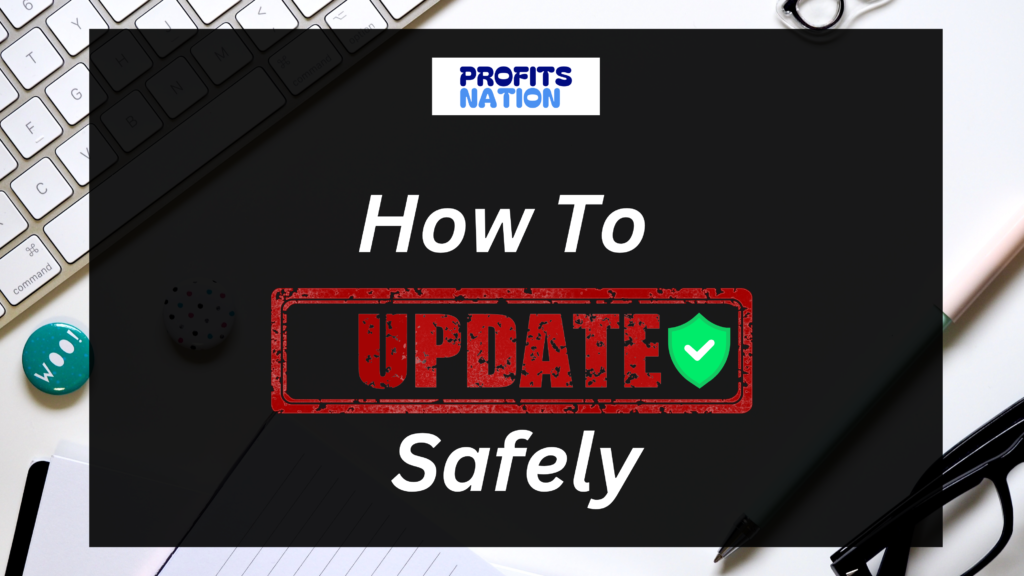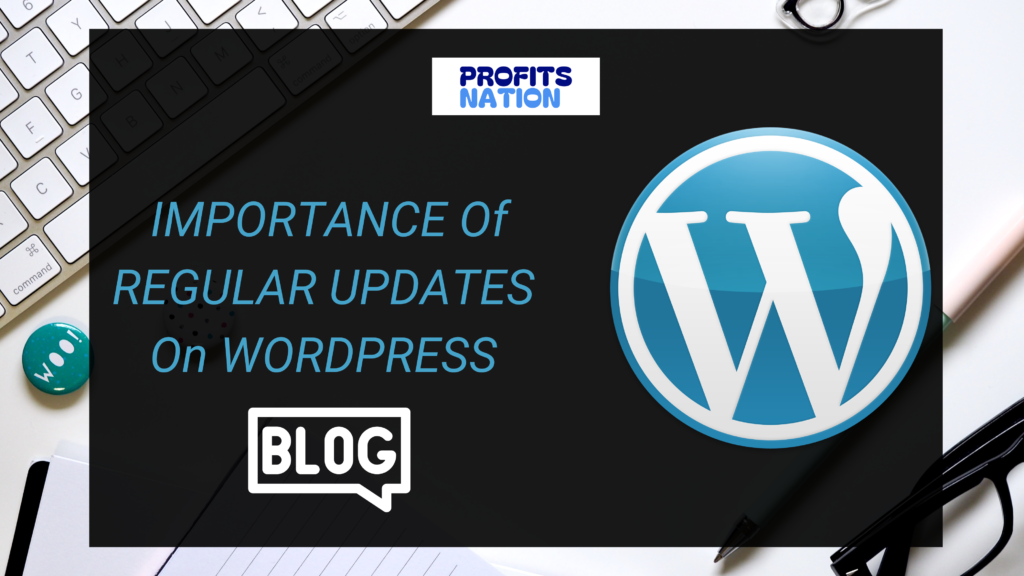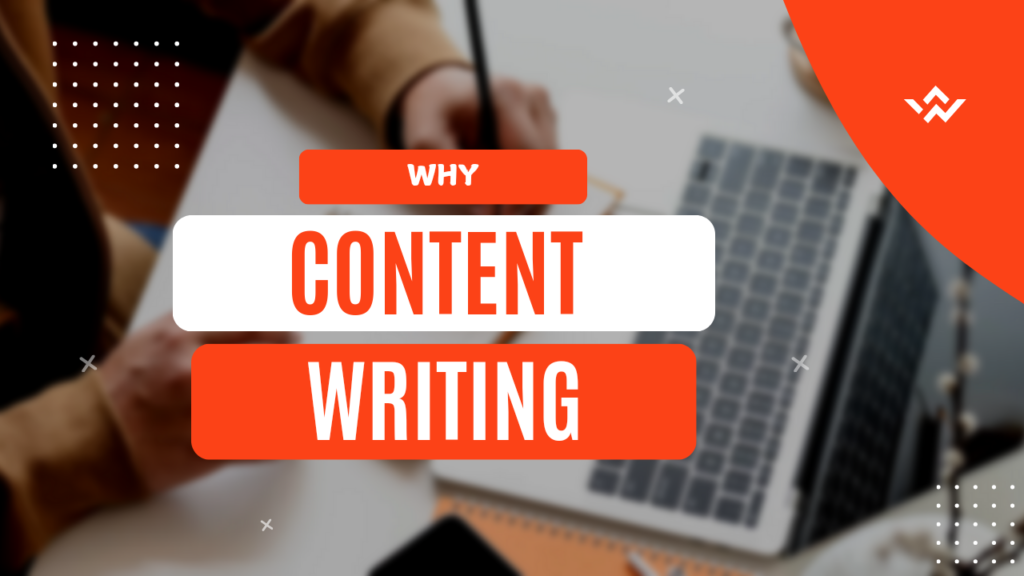Regular WordPress Updates
Keeping things updated on WordPress Blogs. WordPress blogging means there are many notices to update one’s plugins, themes, and even WordPress itself.
There is a trend, for those who don’t quite see the urgency behind an update, to assume: “If it is all right now, why should it be updated?” Think that through, and that spells doom for your blog. Healthy security and success call for regular WordPress updates.
In this particular tutorial, we are going to explain why regular WordPress updates are important, what will happen if you avoid them, and how you can be on top of your game without breaking your site. Let’s dive into it, bloggers!
Q1. What are WordPress security updates?
These are updates that address vulnerabilities in the WordPress core, plugins, or themes to protect your site from threats.
Q2. Why is WordPress maintenance important?
Regular maintenance ensures your site runs smoothly, stays secure, and provides the best experience for your visitors.
Q3. Can I schedule updates for my WordPress blog?
Yes, you can use plugins like Easy Updates Manager to schedule updates and receive alerts.
Q4. What is the best way to update a WordPress blog?
Always back up your site, test updates in a staging environment, and update components one at a time
Q5. Do updates affect website speed?
Yes, updates often include performance optimizations that can improve your site’s speed and efficiency
Why Update WordPress?
It has its core updates every so often. Updating WordPress is not all about the addition of new features but mostly about fixing vulnerabilities, improving performance, and compatibility with plugins and themes. When updates are ignored, your blog will likely be hacked, perform slowly, and be technically unstable.
1. Security Issues
Did you know that WordPress powers over 40% of the web? That’s impressive, but it also makes WordPress a major target for hackers. If you’re not applying WordPress security updates, you’re leaving the door wide open for attacks.
- The Problem: Hackers exploit outdated WordPress sites through vulnerabilities in plugins, themes, or the WordPress core itself.
- The Solution: The fixes update these weaknesses and lower the risk of attacks. Always apply WordPress security updates immediately to protect your website.
- Recommendation: Install a security plugin such as Wordfence or Sucuri that will scan your website and improve its defenses.
2. Incompatibility Problems
Plugins and themes are vital components of your WordPress blog, but they work only through the core of WordPress. If you do not constantly update WordPress, then these components may become incompatible and fall apart, bringing along dysfunction and site crashes.
- The Problem: Your outdated version of WordPress can conflict with updated plugins or themes, rendering features to break or make your site fall out.
- The Solution: Always ensure that your WordPress version matches the latest updates of your plugins and themes.
- Recommendation: Enable email notifications for update alerts in your WordPress dashboard to stay informed.
3. Performance Improvements
Each update isn’t just about security; it often includes performance enhancements. Faster load times, optimized code, and new features are common benefits of keeping your WordPress blog updated.
- The Problem: Outdated WordPress installations may lead to reduced load times and experience affecting your search rankings and visitor retention.
- The Solution: WordPress updates typically encompass optimizations that enhance speed and functionality.
- Recommendation: Test the page speed of your website post-updates using tools such as GTmetrix or Google PageSpeed Insights for added performance.
The Dangers of Avoiding Updates
1. Increased Vulnerability
Failure to update your site leaves it open to known attacks. For instance, in 2017, a major WordPress security vulnerability allowed hackers to deface thousands of sites within hours. The exploit was patched in an update, but only for those who installed it.
2. Data Loss
Old software can sometimes corrupt data or even wipe it out. Imagine losing a year or two of posts and media files because of something preventable.
3. Lower Rankings on Search Engines
Google favors sites that are safe, fast, and enjoyable to use. If your blog fails to meet some of these requirements because it uses outdated software, rankings will be affected.
WordPress Maintenance Best Practices
It doesn’t have to get overwhelming. Follow these WordPress maintenance tips to keep your site running smoothly:
1. Regular Backups
Always back up your website before applying updates. This way, you can restore your site if something goes wrong during the update process.
- Recommendation: Use backup plugins like UpdraftPlus or BackupBuddy for automatic backups. Store your backups offsite using cloud storage like Google Drive or Dropbox.
2. Update One Component at a Time
Updating everything at once might seem efficient, but it can cause compatibility issues that are hard to trace.
- Recommendation: Start by updating plugins, then themes, and finally, the WordPress core. Test your site after each step to ensure everything works.
3. Monitor Your Site Post-Update
After updates, check your site for broken links, missing elements, or unexpected behavior.
- Recommendation: Test updates in a staging environment before applying them to your live site. Services like WP Staging can help.
How to Update WordPress Safely

Updating WordPress is easy, but doing it the proper way can save you a headache. To update your WordPress blog safely, follow these steps:
- Backup Your Site:Use plugins or your hosting provider’s backup solution. Ensure that both files and the database are updated.
- Verify Compatibility with Plugins and Themes: Review changelog upon plugin and theme updates; be certain that the updated version supports the latest version of WordPress.
- Test Updates in a Staging Environment: You will preview the updates without affecting your main website. You will deploy the changes in your primary website once you are satisfied with them.
- Apply Updates One at a Time: First, update the plugins, then themes, and finally WordPress. This allows any problems to be better isolated.
- Clear Your Cache: Clear your site’s cache so visitors get the latest version of your site.
- Verify Your Site: Check your site on multiple devices and browsers to ensure everything looks and works right.
Real-Life Examples: Why WordPress Regular Updates Are Important
Case Study 1: A Business Avoids Updating and Gets Hacked
A small e-commerce site decided not to apply updates and thought it was too much of a hassle. Hackers exploited an outdated plugin, stole customer data, and created a PR nightmare. Regular updates could have prevented this.
Case Study 2: A Blogger Experiences a Plugin Crash
A travel blogger failed to update WordPress before updating plugins; the result was that their gallery plugin broke. If they’d been tested in a staging environment, the problem would have come up before deploying it live.
Why WordPress Upgrade Is SEO Beneficial
Search engines prefer sites that are safe, speedy, and amicable. All these result from WordPress upgrading:
- Lighter Page Loading: Upgrades make sure that websites load speedily and will positively affect your Google ranking.
- More Security: Safe websites ranked and trusted by the search engine and its users.
- Increased User Experience: Update enables you to remain on top of latest browsers as well as devices that’ll enable your visitors to get an excellent usability.
Common Questions About WordPress Updates
1. How often should I update WordPress?
Update every week. Install security updates immediately, and test major updates in a staging environment first.
2. Will updates break my site?
Very rarely, updates may introduce compatibility issues. Having good backups and staging environments reduce the risk.
3. Shoulda I turn on automatic updates?
Yes, you should allow automatic updates for minor changes, such as security patches. For major updates, you should check the changelog and test the update for compatibility before you implement it.
4. Do I need to update inactive plugins or themes?
Even disabled plugins and themes may have security vulnerabilities. Remove or update them if no longer in use.
5. What do I do if an update fails?
Restore your site from a backup and investigate the problem. Check for compatibility or seek help from your hosting provider.
Conclusion: Regular WordPress Updates Are Non-Negotiable
Keeping your WordPress blog updated is not just good practice; it’s a necessity for security, performance, and user satisfaction. With the tips and recommendations outlined in this guide, you’ll minimize risks and maximize your blog’s potential.
Don’t wait for a problem to arise. Take charge of your blog’s health by prioritizing regular WordPress updates today.




